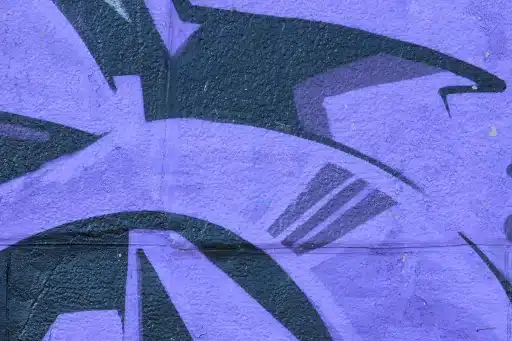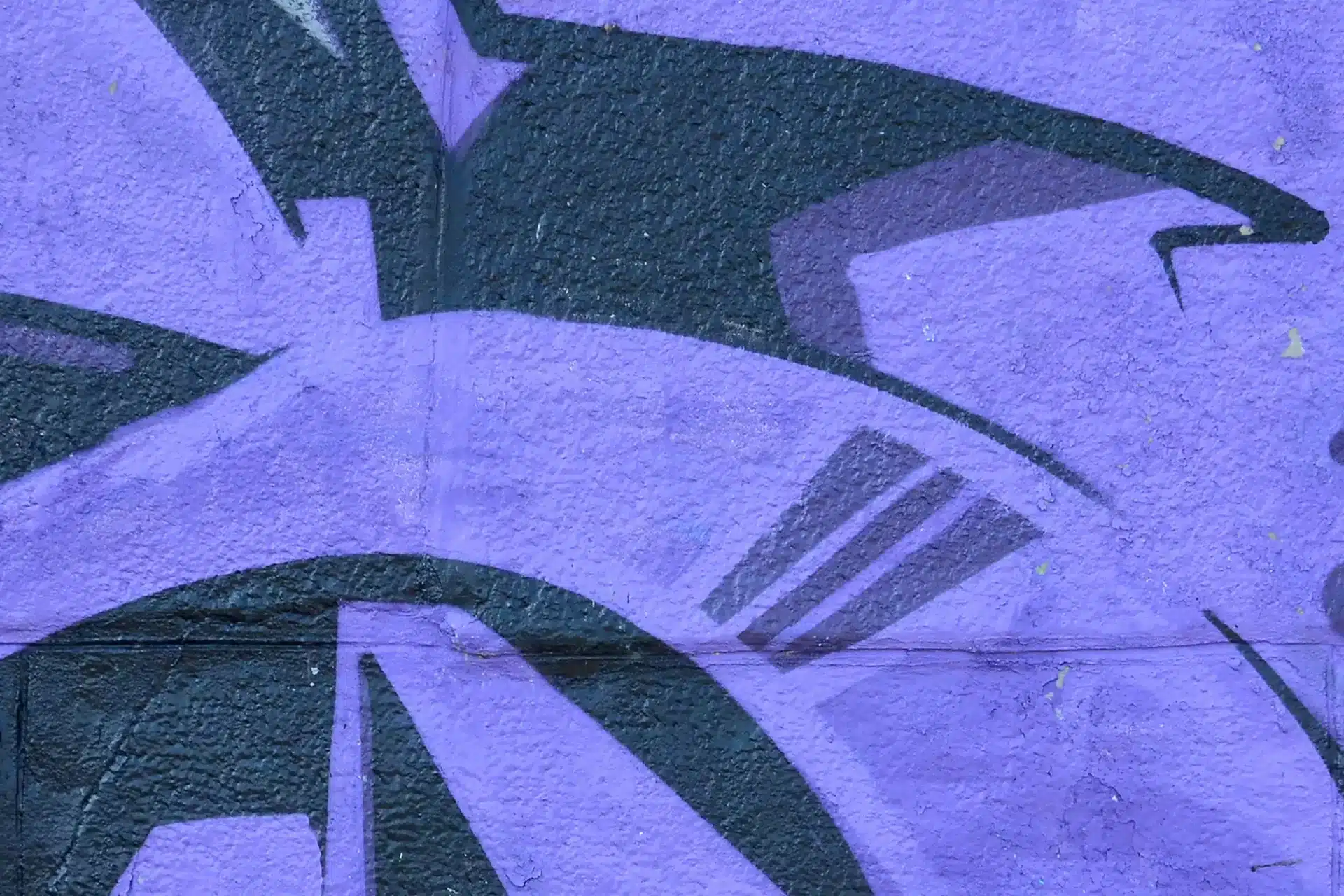Introduction
Skydiving is not just an adventure sport; it’s a community rich with its own culture, traditions, and of course, language. Understanding the slang used by skydivers can greatly enhance the experience for newcomers and seasoned jumpers alike. This article dives into the colorful world of skydive slang, featuring examples, interesting case studies, and some surprising statistics.
Common Skydiving Terms
The language of skydiving is a mix of practical terminology and light-hearted slang. Here are some common terms you might hear when hanging out with skydivers:
- Jump: The act of leaving the aircraft and free-falling.
- Alti: Short for altimeter, a device used to measure altitude during freefall.
- Canopy: The parachute that deploys after freefall.
- Cutaway: The process of releasing a malfunctioning parachute to activate the reserve parachute.
- Jump run: The flight path the aircraft follows to drop jumpers.
Playful Slang
In addition to essential terminology, skydivers have a playful side that reflects their adrenaline-seeking lifestyle. Here are some fun phrases:
- Birdman: A skydiver who engages in wingsuit flying.
- Ground rush: The sensation of rapidly approaching the ground during freefall.
- Skydive smile: The euphoric grin you wear after a jump.
- Packer: A person who folds parachutes before jump day.
The Importance of Slang in the Skydiving Community
Understanding and using slang within the skydiving community does more than just ease communication; it fosters a sense of belonging. When a new jumper learns the lingo, it enhances their connection to others, often leading to immediate friendships. This phenomenon is supported by a case study at a prominent skydiving drop zone where new members were observed. Those who made an effort to engage with slang often integrated into the community faster than those who did not.
Statistics and Trends
The skydiving industry is witnessing consistent growth. According to the United States Parachute Association (USPA), there are approximately 3.3 million jumps made annually in the United States alone. This number has been steadily rising over the last decade as more individuals take to the skies for recreation and sport.
- In 2022, the USPA reported a 5% increase in tandem jumps, indicating rising interest among beginners.
- Skydiving fatalities are rare, with the overall rate being 0.006% per jump, attributed partly to the stringent safety practices and the usage of specialized terminology during training.
Skydiving Events and Slang
Skydiving events, like the annual Skydiving National Championships, are not only a showcase of skills but also a celebration of culture. Each year, jumpers gather from various places, creating a unique environment filled with the latest slang and camaraderie.
During these events, you might hear terms like:
- Load organizer: A veteran jumper who coordinates jump groups.
- Boogie: A term for a large jump gathering or party.
Many attendees often say that learning the slang is just as important as refining their jumping skills, as it helps bridge gaps between newbies and veterans.
The Future of Skydiving Slang
As skydiving continues to evolve, so will its jargon. With the introduction of new technologies and trends like indoor skydiving, the vocabulary will likely expand. New terms and phrases will emerge, further enriching the colorful language of the community.
The adaptability of the slang also showcases how language evolves with culture, highlighting the dynamic spirit of the skydiving community, which is always ready to welcome newcomers while also holding on to tradition.
Conclusion
Skydiving slang is an essential aspect of the sport that reflects its vibrant culture. Understanding this unique language can improve the experience for skydivers of all levels. So whether you’re gearing up for your first jump or you’re a seasoned pro, embracing the slang can help you connect with fellow jumpers and fully immerse yourself in a world that is as thrilling as the freefall itself.


